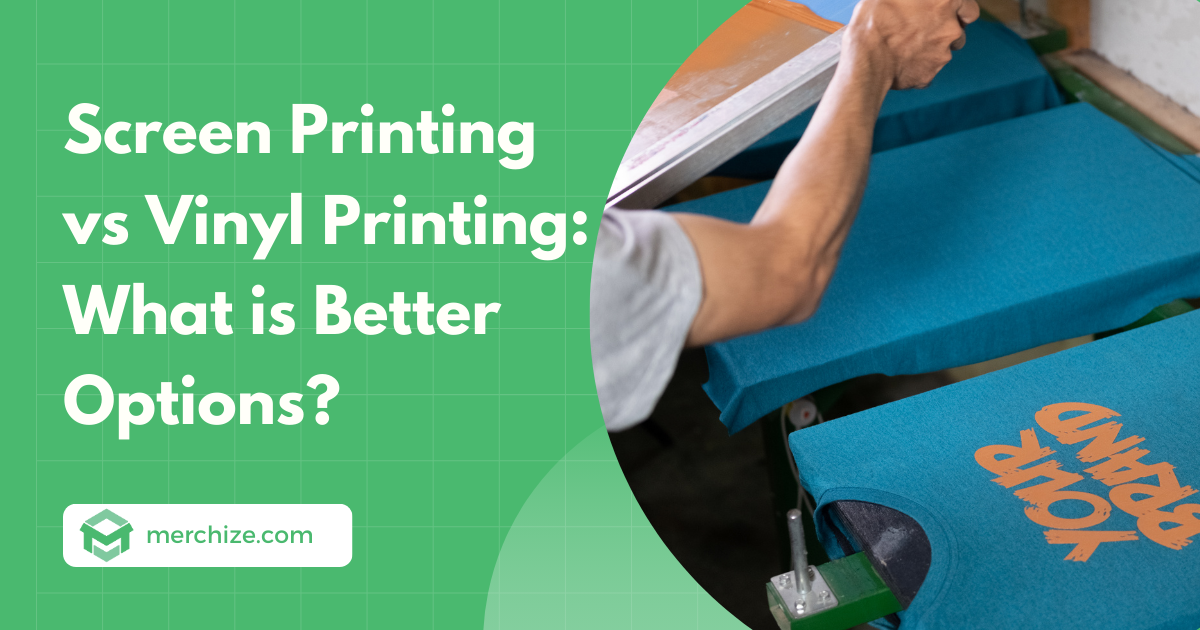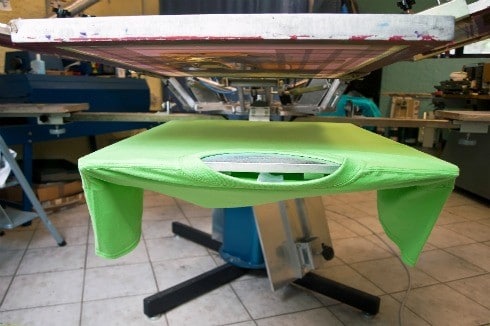5 Simple Techniques For Tx Tees
5 Simple Techniques For Tx Tees
Blog Article
The Ultimate Guide To Tx Tees
Table of ContentsThings about Tx TeesAll About Tx TeesThe smart Trick of Tx Tees That Nobody is DiscussingFascination About Tx TeesTx Tees for BeginnersMore About Tx TeesTx Tees for Dummies
That brings your total to roughly $1,900 gross and delivery. Add up various other prices, like the variety of energies it requires to run the shop and the cost of ink and solution per layout. custom monograming. Take the print listed below. This is a one-color image, so the cost of ink per tee shirt is about 20 cents.The emulsion must just be a couple of cents considering that you 'd only require to coat one screen for this task. Normally, printers attempt to make up to 45% profit on a print task.

With DTF, you can print a handful of t shirts, or just one. Use the very same calculator as the section over to calculate exactly how much earnings you would certainly make utilizing DTF transfers. Compare the prices and earnings to whichever approach speaks best to your arrangement and process. Both screen printing and DTF have their particular niches in the globe.
Indicators on Tx Tees You Need To Know
The most effective means to understand? Ask about and see what printing shop like yours are doing. custom cap printing. Attempt both out and see which you like far better
When you're choosing what type of printing technique to use for printing your art work styles on your garments, it's essential that you know the differences between these two methods so you can take full advantage of outcomes while decreasing costs. Display printing is the most typically utilized method for printing styles on textiles.
DTG printing is likewise called place or straight to garment printing because it prints just what is required rather than making a screen as display printers do. https://www.tumblr.com/txtees02. Screen printing functions by screen filler squeegee screen printing ink display mesh screen, after that transferring the photo to garment utilizing warmth and/or pressure
The DTG printer uses special dye-sublimation inks that are used into a pre-designed picture by an electronic printing system. The inks end up being part of the fabric, permitting vivid colors and remarkable information. It's likewise referred to as place or direct to garment printing since it publishes only what is required instead of making a screen as display printers do.
Tx Tees for Dummies
Initially, it's much quicker - you can publish a fullcolor photo in minutes, rather than hours for display printing. Second, there's no established time or prices involved - you can publish any design you like, without having to develop a screen first. Third, there's no waste - because screen printers screen print one layout at once, they have to evaluate each color individually.
The paper is extremely costly and can just be used as soon as. Once it's published on, it needs to be thrown out. - The first purchase rate is lower than the upfront investment of DTG printers- You can print multi-color designs one screen at a time instead of needing to publish each shade individually like DTG printing.

Tx Tees Can Be Fun For Everyone
Instead of utilizing display mesh as display printers do, dye sublimation printers utilize laser modern technology to move your images onto garments or paper. A warm procedure moves the color from its solid-state directly into the gas phase which consequently merges it onto textile substratums when they are rapidly heated to heats under high stress.
Sublimation printing is environmentally friendly. It utilizes much less water than screenprinting, and due to the fact that it doesn't include using unsafe solvents, it's safe for all kinds of clothing. The color sublimation inks are likewise unsmelling when treated, unlike screen printers that use damaging chemicals during the screen printing process that leave an undesirable smell.
They likewise save money on expensive devices like direct exposure systems considering that dye sublimation printers do not need a UV exposure system or a flash cure oven that is normally utilized in screen printing (custom cap printing). What is direct to garment printing (DTG Printing)? DTG printing is a digital screenprinting process that prints straight onto textile using specialized inkjet printers
Tx Tees Things To Know Before You Get This
DTG printing provides numerous benefits over typical screenprinting, including the ability to publish photographic high quality images, higher color vibrancy, and the capacity to print layouts on darker materials. DTG printers work by heating up the textile ink till it develops into a gas. The gas then penetrates the fabric, bonding with the fibers to develop a long-term print.

Screen printers merely prepare their display after that start printing till they lack product or ink.- There is you could look here a large array of experienced display printers throughout the globe, which can be practical for novices. - It's a slower procedure - screen printers commonly have to wait on the ink to dry before they can print the following shade- Screen printers require hand-operated labor, so there's a greater knowing curve and it takes longer to generate a high-grade layout- Screen printing isn't as accurate as DTG printing, so you may get some "blood loss" of colors from one component of the picture onto an additional otherwise done correctly.
All About Tx Tees
Nonetheless, rather than utilizing display mesh as screen printers do, dye sublimation printers make use of laser innovation to transfer your images onto garments or paper. A heat process transfers the color from its solid-state straight into the gas stage which subsequently fuses it onto textile substrates when they are quickly warmed to heats under high stress.
Sublimation printing is eco-friendly. It makes use of less water than screenprinting, and since it does not involve using unsafe solvents, it's risk-free for all kinds of garments. The dye sublimation inks are likewise odor-free when cured, unlike screen printers that utilize unsafe chemicals during the screen printing process that leave an undesirable smell.
They also save money on expensive tools like direct exposure units because dye sublimation printers don't call for a UV exposure unit or a flash cure oven that is usually made use of in display printing. What is direct to garment printing (DTG Printing)? DTG printing is a digital screenprinting process that prints directly onto fabric using specialized inkjet printers.
The Buzz on Tx Tees
DTG printing provides numerous benefits over traditional screenprinting, consisting of the capacity to print photographic quality images, better shade vibrancy, and the ability to publish layouts on darker materials. DTG printers work by warming the fabric ink until it becomes a gas. The gas then permeates the textile, bonding with the fibers to produce a permanent print.
Report this page